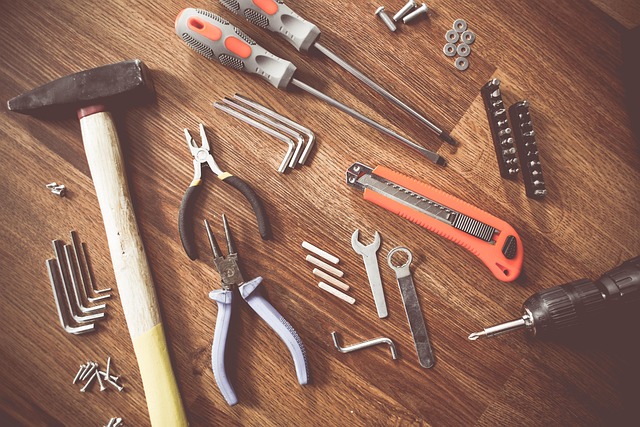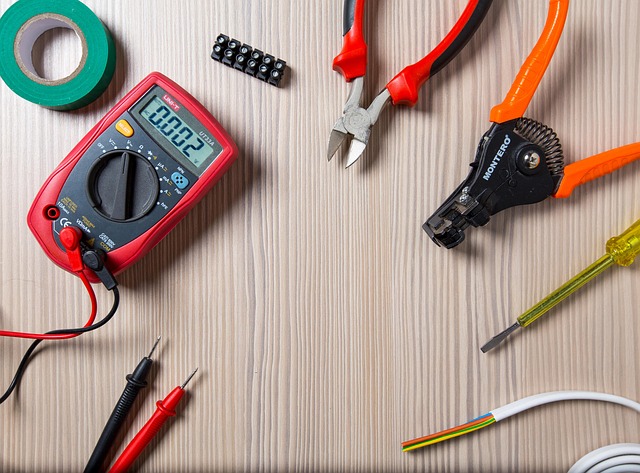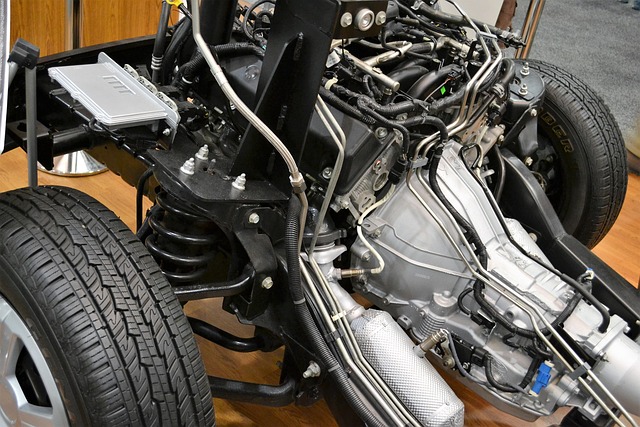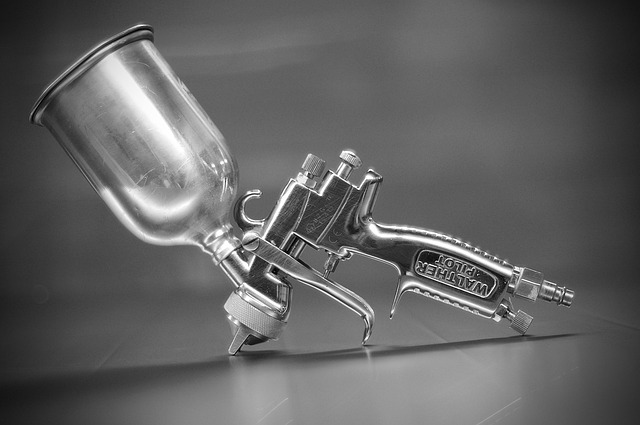Electronic Diagnostics Repair is vital for modern vehicle maintenance, involving advanced computer system troubleshooting using specialized tools and expertise. Challenges include rapid automotive technology evolution, demanding continuous training and new equipment. Precision is critical, as errors lead to losses or dissatisfaction. Future trends include autonomous driving, electric vehicles, and integrated repair techniques like 3D printing and VR simulations, enhancing efficiency, accuracy, and safety in electronic diagnostics repair.
The world of automotive repair is evolving, and at the forefront of this transformation is electronic diagnostics. As vehicles become increasingly complex, understanding and repairing their intricate electronic systems is crucial for technicians. This article delves into the essential aspects of electronic diagnostics repair, exploring its fundamentals and the challenges it presents. We’ll also uncover future trends, ensuring you’re informed about the latest innovations shaping this dynamic field.
- Understanding the Basics of Electronic Diagnostics Repair
- Common Challenges in Electronic Diagnostics Repair
- Future Trends and Innovations in Electronic Diagnostics Repair
Understanding the Basics of Electronic Diagnostics Repair

Understanding the fundamentals of electronic diagnostics repair is key to navigating modern vehicle maintenance. This process involves the meticulous examination and troubleshooting of intricate computer systems within a vehicle to identify and rectify issues. With technology increasingly integrated into cars, from engine management to infotainment systems, specialized tools and expertise are required for effective repairs.
Electronic diagnostics repair encompasses various techniques, including scanning for error codes, analyzing sensor data, and using advanced diagnostic software. It’s akin to solving complex puzzles, where technicians must interpret data to pinpoint the source of a problem. Whether it’s a faulty engine control unit (ECU), a malfunctioning sensor, or an issue with the vehicle’s electrical system, proper repair ensures optimal performance, reliability, and safety for all vehicle systems, just like how car scratch repair restores aesthetics, electronic diagnostics repair restores a vehicle’s functionality to its peak condition through specialized vehicle repair services.
Common Challenges in Electronic Diagnostics Repair

The realm of electronic diagnostics repair presents unique challenges that require skilled professionals to navigate through complex landscapes. One of the primary hurdles is the ever-evolving nature of technology; as vehicles become increasingly equipped with sophisticated computer systems, keeping up with diagnostic tools and software updates is essential for accurate repairs. This constant evolution ensures that auto repair services must stay current, requiring continuous training and investment in new equipment to keep pace with advancements in electronic diagnostics repair.
Additionally, the precision required in this field demands meticulous attention to detail. Repairs often involve intricate processes, such as diagnostic scanning, sensor calibration, and circuit board reconstruction. Even minor errors can lead to costly setbacks or dissatisfied customers. Moreover, some repairs, like paintless dent repair, require specialized techniques to restore vehicles without the need for extensive repainting, adding another layer of complexity to electronic diagnostics repair services, especially when coupled with tire services as part of a comprehensive vehicle care package.
Future Trends and Innovations in Electronic Diagnostics Repair

The future of electronic diagnostics repair looks promising with advancements in technology driving innovation. As vehicles become increasingly complex with integrated computer systems, there will be a growing demand for specialized tools and training to address these challenges. Autonomous driving and electric vehicles are two key areas that will shape this industry. Repair technicians will need to stay updated with the latest diagnostic software and hardware to keep up with these evolving trends.
In terms of car body shop and auto body shop services, integration of advanced repair techniques will be prominent. For instance, 3D printing technology could revolutionize car dent repair by offering precise and cost-effective solutions. Additionally, virtual reality (VR) simulations can enhance training programs, allowing technicians to practice complex repairs in a safe and controlled environment. These innovations not only improve efficiency but also ensure higher accuracy in electronic diagnostics repair, setting new standards for quality and safety in the automotive industry.
As we look towards the future, the field of electronic diagnostics repair is poised for significant growth and transformation. By addressing common challenges through innovative solutions, professionals are enhancing efficiency and accuracy in vehicle troubleshooting. Staying ahead of technological advancements and embracing new methods will be key to success in this evolving industry. Continuously refining skills and staying informed about industry trends ensures that technicians can provide top-notch services, ultimately benefiting both repair shops and car owners through improved electronic diagnostics repair.














